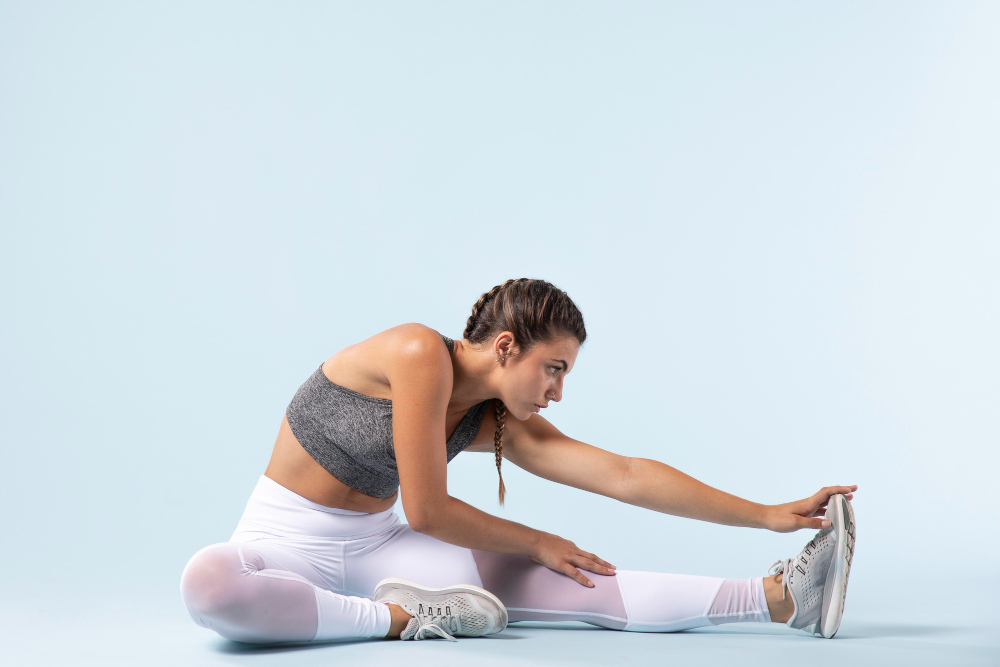In the sports world, as in any other area of life, there are axioms and rules. The most important fitness requirement is to start any workout with a warm-up. Everyone knows about the importance of the initial stage of the lesson: both coaches, experienced athletes, and beginners who came to the gym for the first time. However, as practice shows, more than 90% of those involved neglect the warm-up, as it does not bring visible results.
What is a warm-up for?
- Firstly, a warm-up is a warm-up and stretching of all joints and muscles before an intense workout, and therefore a lower risk of injury and no pain after exercise.
- Secondly – bringing the pulse to the desired, “effective” pace: up to 90-100 beats per minute;
- Thirdly, after 10-15 workouts, the level of adrenaline in the blood rises and the overall metabolism accelerates;
- Fourthly, a few simple exercises before the main complex help to “tune in” to the lesson.
Therefore, whatever your main pastime in the gym: whether you are doing boxing, step aerobics, performing CrossFit, or “ pulling the iron ”, always start your workout with a warm-up and you will see how your results improve.
Interesting Previously, many researchers argued that the best time to exercise is from 4 to 7 pm (working time). However, to the delight of all working fitness enthusiasts, it has been proven that the body can adapt to any rhythm and time of exercise.
Basic warm-up exercises
Each sport has its own warm-up complexes aimed at “warming up” more loaded muscle groups. But they are always based on a few basic exercises – to prepare for strength and cardio training.
The main set of warm-ups:
- Tilts and rotation of the head to stretch the muscles of the neck;
- Tilts forward and sideways help to tone the muscles of the back, oblique muscles of the abdomen, and the press ;
- Arm rotations, or “mill”, are needed to prepare for the occupation of the shoulder muscles and joints, as well as pectoral and spinal muscles ;
- Lifting the body from a prone position. Several lifts at a leisurely pace will “warm up” the abdominal muscles.
- Partial plank or push-ups create a load on the triceps, shoulders, and pectoral muscles ;
- Running around the gym or in place, alternating with walking. Accelerates the heart rate, and “kneads” the muscles of the whole body. Running with a high hip additionally “loads” the muscles of the legs.
- Jumping rope also accelerates the pulse, increases blood flow in the body, and mobilizes the joints.
All exercises should be performed in a moderate rhythm, without acceleration, but without slowing down. Slow execution speed is welcome at a hitch. Trainers advise doing 10-12 repetitions of each exercise, giving 2-3 minutes to running and jumping with a rope. In total, the entire introductory part of the training will take no more than 15 minutes.
Preparing for strength training
Strength training, especially when working with large weights, has its own warm-up nuances. The special warm-up complex, in addition to the basic set of exercises, includes specific, usually duplicating actions of the athlete during training, however, significantly facilitated. For example, if barbell squats are planned during the lesson, then the same squats are performed at the beginning, but with an empty bar or with a weight not exceeding 20-30% of the worker. Also, experienced bodybuilders are advised to put on warm clothes or special thermal underwear during a warm-up before strength training and jog with acceleration.
Any fitness lover should have a “duty” set of prominence exercises. A trainer can give you advice on training and warm-up before them.

